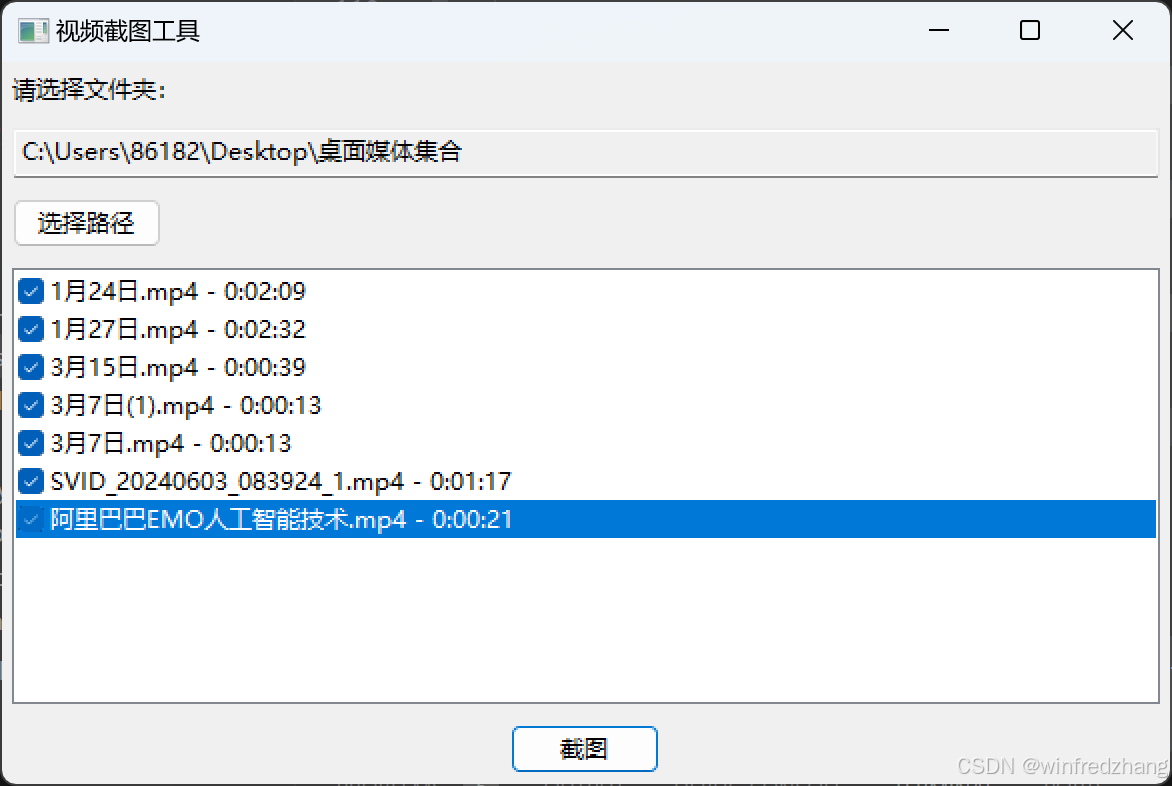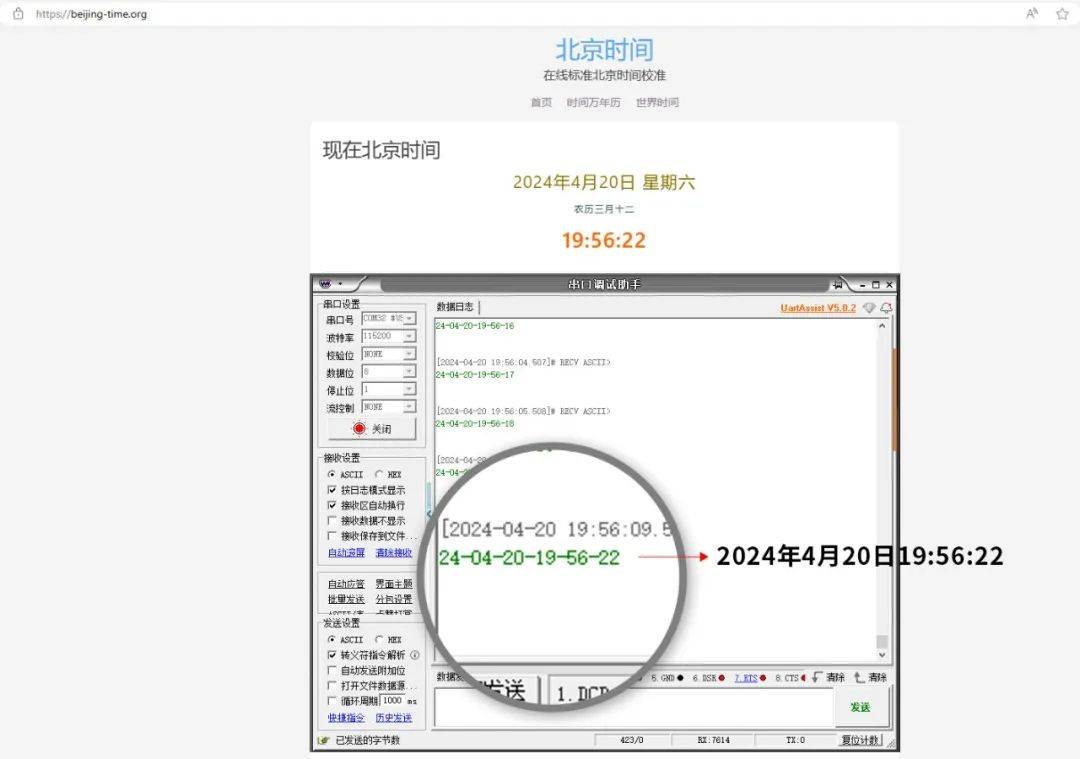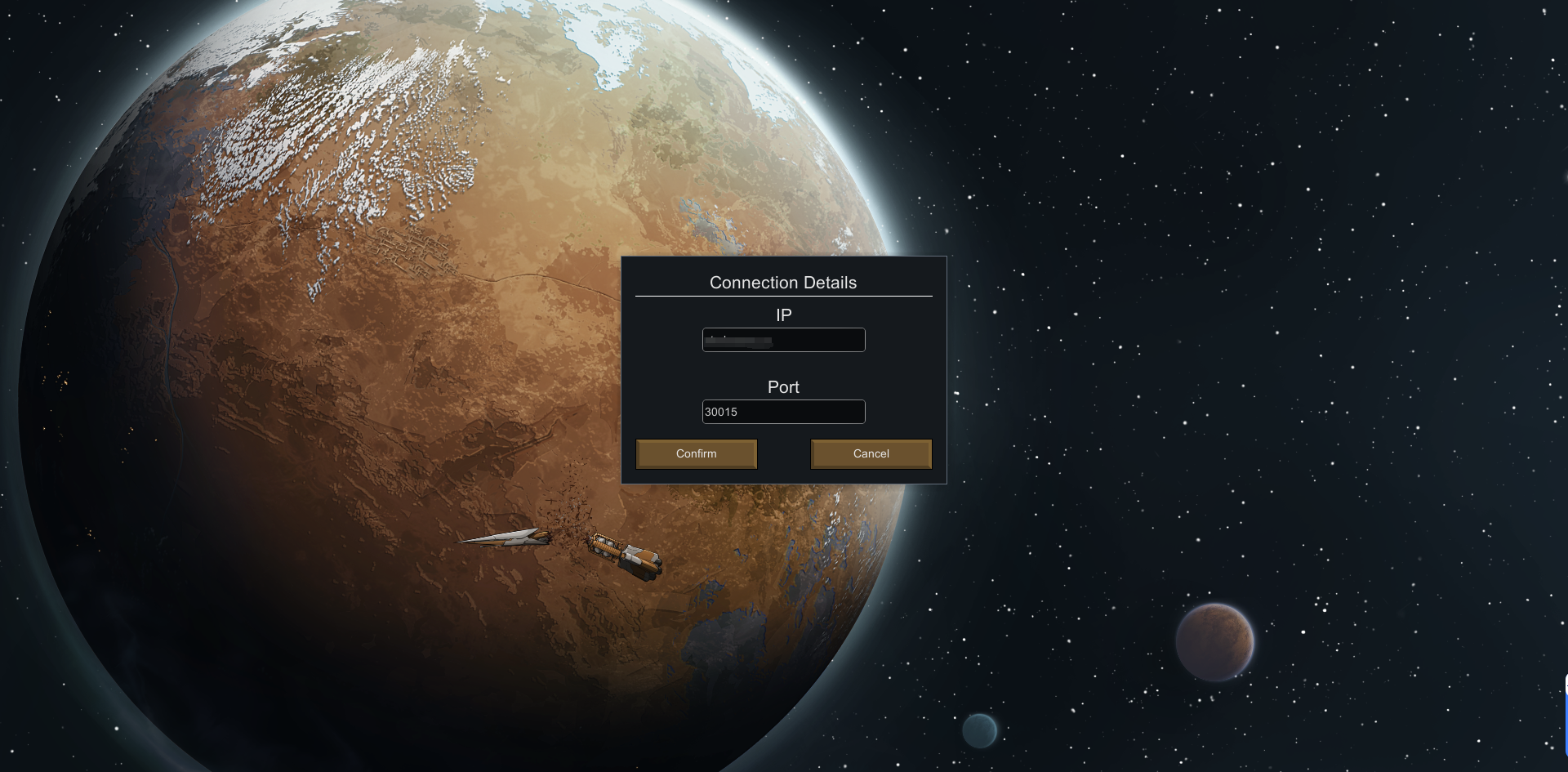目录:
1.栈
2.队列
一、 栈(Stack)
1.1 概念:
栈是一种特殊的线性表,只允许在固定的一端进行插入和删除元素的操作。进行插入元素的一端叫做栈顶,另一端叫做栈底。从数据结构的角度出发,栈中的元素遵循先进后出的原则。

1.2 栈的内在方法:

Stack():
Stack的构造方法,用来创建一个栈类型的对象。
由于栈是一个泛型类,所以在创建对象时可以传入类型实参以规定栈中存储的数据类型。
Stack stack1 = new Stack();
Stack<Integer> stack2 = new Stack<>();
push(E):
入栈,并且返回该元素的值。
public static void main(String[] args) {
Stack<Integer> stack = new Stack<>();
System.out.println(stack.push(1));
}
//运行结果:1如果使用了<>,就必须放规定类型的数据;如果没有用<>,可以往栈中存入任意类型的数据。
pop():
出栈,并返回该元素的值。
public static void main(String[] args) {
Stack<Integer> stack = new Stack<>();
stack.push(1);
System.out.println(stack.pop());
}
//运行结果:1如果空栈进行出栈,则会抛出异常。

peek():
仅返回栈顶元素的值。
public static void main(String[] args) {
Stack<Integer> stack = new Stack<>();
stack.push(1);
System.out.println(stack.peek());
}
//运行结果:1如果对空栈进行peek,就会抛出异常。

empty():
返回该栈是否为空。
Stack<Integer> stack = new Stack<>();
stack.push(1);
System.out.println(stack.empty());
//运行结果:false
Stack<Integer> stack = new Stack<>();
System.out.println(stack.empty());
//运行结果:true1.3 模拟实现栈:
链栈:
用链表实现栈。
如果链表采用尾插的话,push的时间复杂度为O(1),pop的时间复杂度为O(N);
如果链表采用首插的话,push的时间复杂度为O(1),pop的时间复杂度为O(1),所以采用首插。
public class List_stack {
ListNode head;
static class ListNode{
ListNode next;
int a;
}
public void push(ListNode l) {
if (l == null) {
return;
}
l.next = head;
head = l;
}
public ListNode pop(){
ListNode k = head;
try {
if (head == null) {
throw new EmptyException();
}
head = head.next;
}catch (EmptyException o){
o.printStackTrace();
}
return k;
}
public ListNode peek() {
return head;
}
public boolean isEmpty() {
return head == null;
}
}
顺序栈:
用顺序表实现栈。
如果顺序表采用尾插的话,push的时间复杂度为O(1),pop的时间复杂度为O(1);
如果顺序表采用首插的话,push的时间复杂度为O(N),pop的时间复杂度为O(N),所以采用尾插。
public class MyStack {
public int[] elem;
public int usedSize;
public MyStack(int[] elem) {
this.elem = new int[10];
}
public void push(int date) {
if (isFull()) {
elem = Arrays.copyOf(elem, 2 * usedSize);
}
elem[usedSize++] = date;
}
public boolean isFull() {
return usedSize == elem.length;
}
public int pop() {
try {
if (isEmpty()){
throw new EmptyException("栈为空");
}
}catch (EmptyException e) {
e.printStackTrace();
}
return elem[--usedSize];
}
public int peek() {
try {
if (isEmpty()){
throw new EmptyException("栈为空");
}
}catch (EmptyException e) {
e.printStackTrace();
}
return elem[usedSize - 1];
}
public boolean isEmpty() {
return usedSize == 0;
}
}
二、 队列(Queue)
1.1 概念:
队列是只允许在一端进行插入数据,在另一端删除数据的特殊线性表,具有先进先出(FIFO)的特点。

与栈有所不同,队列在Java中是一个接口,以链表为底层实现的。
1.2 队列的内在方法:

add(E):
将指定元素添加到队列中
- 如果元素成功添加,始终返回
true(对于没有容量限制的队列)。如果无法添加元素,该方法会抛出异常。
offer(E):
尝试立即将指定元素添加到队列中,前提是不违反容量限制。
- 成功添加元素则返回
true。 - 由于容量限制无法添加元素则返回
false。
remove():
检索并移除队列的头部元素,返回队列的头部元素。
poll():
检索并移除队列的头部元素。
- 返回队列的头部元素,若队列为空则返回
null。
element():
检索但不移除队列的头部元素,返回队列的头部元素。
peek():
检索但不移除队列的头部元素。
- 返回队列的头部元素,若队列为空则返回
null。
总结
- 添加元素:使用
offer()处理容量受限的队列,使用add()处理没有容量限制的队列。 - 移除元素:使用
poll()安全地移除元素,若队列为空则返回null,使用remove()在队列为空时抛出异常。 - 查看元素:使用
peek()安全地查看队列头部元素,若队列为空则返回null,使用element()在队列为空时抛出异常。
1.3 模拟实现队列:
public class MyQueue {
static class ListNode{
ListNode prev;
ListNode next;
int val;
public ListNode(int val) {
this.val = val;
}
}
ListNode first;
ListNode last;
public void offer(int val) {
ListNode cur = new ListNode(val);
if (first == null) {
last = cur;
first = cur;
}else {
last.next = cur;
cur.prev = last;
last = last.next;
}
}
public int poll() {
if (isEmpty()) {
return -1;
}
int k = first.val;
first = first.next;
if (first != null) {
first.prev = null;
}
return k;
}
public int peek() {
if (isEmpty()) {
return -1;
}
return first.val;
}
public boolean isEmpty() {
return first == null;
}
}
1.4 循环队列:

循环队列一般是数组实现的,有两个难点:
1. 怎么使下标循环;
(index + 1)% elem.length就是走一步。
2. 怎么判断元素放满了。
有三种方法:1. 使用一个变量进行标记;
2. 使用size来储存数据的个数与数组长度进行对比;
3. 浪费一个空间,当pos2走一步之后判断是否等于pos1。
public class CirQueue {
int first;
int last;
int[] elem;
public CirQueue() {
elem = new int[8];
}
public void push(int val) {
if (isFull()) {
return;
}
elem[last % 8] = val;
last++;
}
public int pop() {
if (isEmpty()) {
return -1;
}
int k = elem[first];
first = (first + 1) % 8;
return k;
}
public int peek() {
if (isEmpty()) {
return -1;
}
return elem[first];
}
public boolean isEmpty() {
return last == first;
}
public boolean isFull() {
return (last + 1) % 8 == first;
}
}
1.5 双端队列(Deque):

1.6 用队列实现栈:
一个队列是不能实现的,所以我们需要两个,如果我们要删除最后进入的数据,我们需要先将上面的元素出队并且存入另一个队列中,最后才能将队尾元素删除或检索。

public class Q_stack {
Queue<Integer> queue1;
Queue<Integer> queue2;
public Q_stack() {
queue1 = new LinkedList<>();
queue2 = new LinkedList<>();
}
public void push(int x) {
if (empty()) {
queue1.offer(x);
}else if (!queue2.isEmpty()) {
queue2.offer(x);
}else {
queue1.offer(x);
}
}
public int pop() {
if (empty()) {
return -1;
}else if (!queue2.isEmpty()) {
for (int i = 0; i < queue2.size() + queue1.size() - 1; i++) {
queue1.offer(queue2.poll());
}
return queue2.remove();
}else {
for (int i = 0; i < queue1.size() + queue2.size() - 1; i++) {
queue2.offer(queue1.poll());
}
return queue1.remove();
}
}
public int top() {
int k = 0;
if (empty()) {
return -1;
}else if (!queue2.isEmpty()) {
for (int i = 0; i < queue2.size() + queue1.size(); i++) {
k = queue2.element();
queue1.offer(queue2.poll());
}
return k;
}else {
for (int i = 0; i < queue1.size() + queue2.size(); i++) {
k = queue1.element();
queue2.offer(queue1.poll());
}
return k;
}
}
public boolean empty() {
return queue1.isEmpty() && queue2.isEmpty();
}
}
1.7 用栈实现队列:
把stack1作为存放数据的栈,把stack2作为操作数据的栈,当stack2为空时将stack1中的数据转移到stack2。

public class S_queue {
Stack<Integer> stack1;
Stack<Integer> stack2;
public S_queue() {
stack1 = new Stack<>();
stack2 = new Stack<>();
}
public void push(int val) {
stack1.push(val);
}
public int pop() {
if (stack2.isEmpty()) {
while (!stack1.isEmpty()) {
stack2.push(stack1.pop());
}
}
return stack2.pop();
}
public int peek() {
if (stack2.isEmpty()) {
while (!stack1.isEmpty()) {
stack2.push(stack1.pop());
}
}
return stack2.peek();
}
public boolean isEmpty() {
return stack1.isEmpty() && stack2.isEmpty();
}
}



















